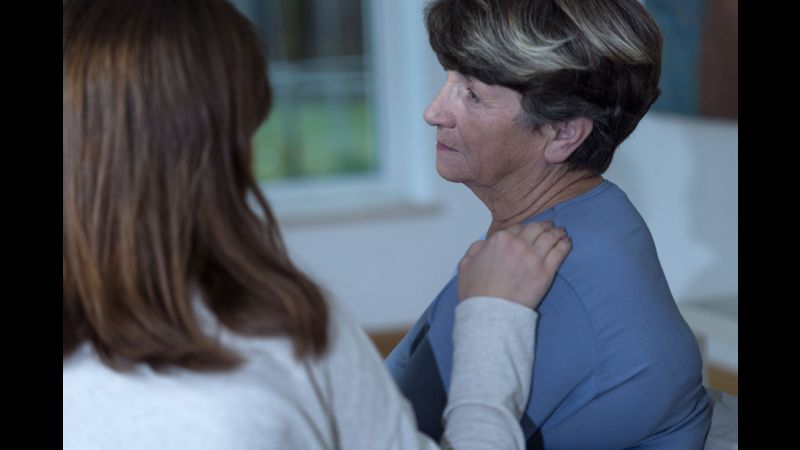When you place the care of your loved one in the hands of others, you invest a tremendous amount of trust in the promise that this care will be administered with compassion, kindness and attentiveness. You have a right to this trust. The health and well-being of an aging parent or spouse is simply too important to leave up to chance. Sadly, the reality is that far too many seniors are the victims of neglect, mistreatment and outright abuse. Current research tells us that, in fact, elder abuse is a national crisis, and one threatens only to grow as the senior population expands.
The Crisis According to an article in the Huffington Post, 1800 nursing home fatalities are caused every year by preventable falls. One factor which plays a significant role in this trend is the preponderance of medications used to regulate the behavior of nursing home residents. Though the Nursing Reform Act of 1987 outlaws the use of such ‘chemical restraints,’ the Huffington Post article finds that one in every five nursing home patients receives behavior-modifying anti-depressents or antipsychotics. These substances can impede the steadiness, mobility and cognitive function of seniors, leading to falls that might not have otherwise occurred. Indeed, the Huffington Post article reports that falls occur twice as often among seniors living in nursing homes than they do among those living in the general community. This points to a broader national crisis which includes this troubling statistic but which also extends to examples of yet more malicious behavior such as willful neglect, withholding of treatment and physical abuse. In fact, an article in The Legal Examiner provides a staggering litany of statistics that are cause for great concern. Reporting on the findings of The Silver Ribbon Project, the article notes that between 2% and 10% of all nursing home residents are abused, that one in every three nursing homes has been cited for such offenses and that, perhaps most disconcerting of all, for every one case of neglect, five more go unreported.
The Reasons Quite to the point, this issue of underreporting is as much to blame for elder abuse as any other factor. Without a proper system in place for monitoring, reporting and addressing elder abuse, the article in The Legal Examiner notes that we have no way of knowing how many seniors are truly impacted, much less of preventing it. That said, the Silver Ribbon Project places the number at roughly 500,000 seniors a year. This qualifies as a crisis, and one that only threatens to grow if we don’t find a way to monitor its occurrence. The Huffington Post article also cites understaffing as a major reason for this trend. The Legal Examiner supports this assessment, pointing out that 90% of all nursing homes are guilty of understaffing.
Protect Your Loved One The National Center for Elder Abuse offers a few tips for recognizing, preventing and intervening with abuse:
- Know the signs. Look for indications of physical distress such as bruises or cuts; untreated wounds or injuries; evidence of restraint either physical or chemical; or a sudden change in behavior.
- Learn how to report abuse and seek out agencies that are involved in prevention, intervention and senior advocacy.
- Encourage nursing homes to take measures such as installing motion-detector alarms, lowering bed heights or utilizing retention bars on beds.
- Seek out a nursing home for your loved one that is adequately staffed and has a positive record on patient health outcomes.

